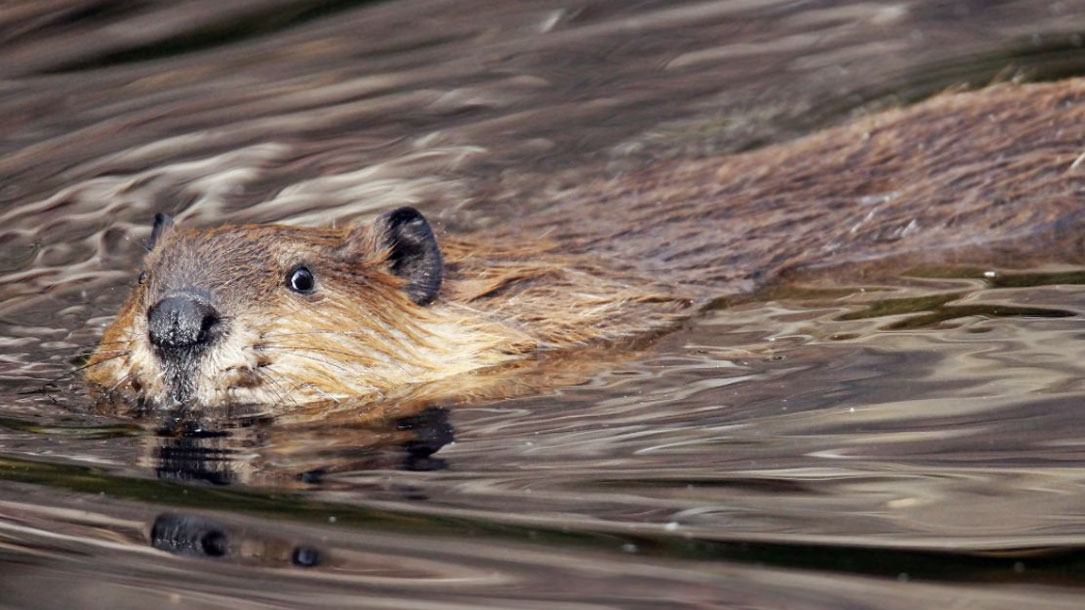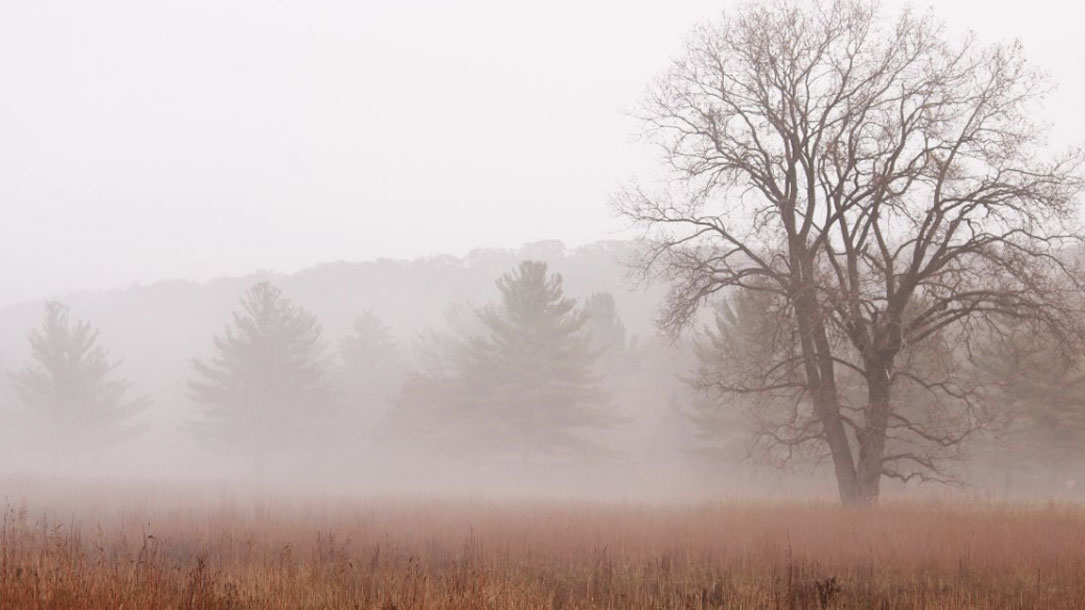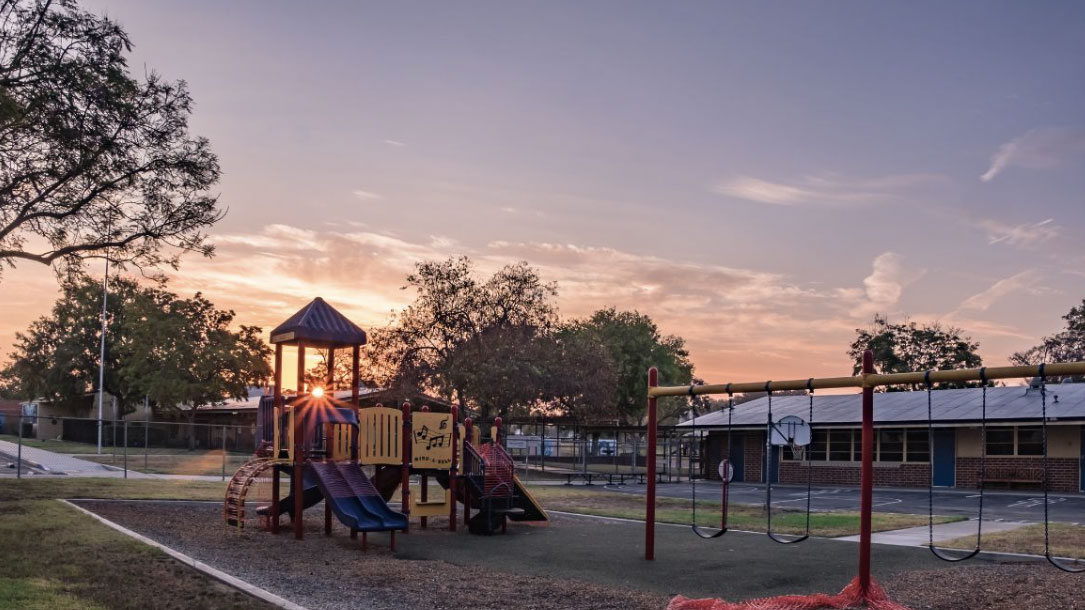
Farmland preservationists, solar developers to build green energy arrays
An estimated 750,000 acres of farmland in the U.S. is lost each year and “solar development if done right could potentially help” save some of that farmland, said John Piotti, president and CEO of American Farmland Trust, a nonprofit organization that works to keep farmland in production.
Earlier this week, Piotti said during a webcast meeting that his group would work with two private firms, Edelen Renewables and Arcadia Solar to develop “agrivoltaic” community solar farms in a number of states including New York…

Carbon program
Downeast Lakes Land Trust began evaluating its potential to participate in the carbon market in 2009, and entered a partnership with Finite Carbon in 2010. Finite Carbon Corporation is a forest carbon development company that partners with landowners to create and monetize carbon offsets.
On July 2, 2010, Downeast Lakes Land Trust listed the 19,118-acre project with the Climate Action Reserve (CAR) as an improved forest management project. Improved forest management projects maintain or increase forest carbon stocks above the level expected under typical commercial forest management…

Solar workshop series
While this workshop is over, you can get a sense of what they are helping to amplify. The following is from their announcement:
Solar workshop series comes to southern Maryland: If you’re interested in using solar electricity to power your home, farm, or business, then please join an upcoming session of the University of Maryland’s “Solar Workshop Series.”

Saving Our Swamps [Letter in the New Yorker Magazine]
Here you will find a short letter submitted by the land trust’s executive director, under the heading “Letters respond to Annie Proulx’s piece about swamps” (and beavers as part of the climate solution):
The dewatering of North America that Proulx describes was underway well before the nineteenth century, when westward expansionists began cutting down forests and farmers began draining and tilling fields. By the time those people were “reclaiming” land for their use, fur traders had been wreaking havoc on our wetlands for almost two hundred years, through the commodification of beavers…

Passage of historic Inflation Reduction Act bill supports land trust work
The Inflation Reduction Act is landmark climate legislation that has the potential to reduce U.S. emissions by 40% by 2030, helping to reduce carbon in our atmosphere and buffering human and natural communities from the worst effects of climate change.
The IRA will fund critical Farm Bill conservation programs: land trusts and the landowners they work with will have access to an additional $1.4 billion for the Agricultural Conservation Easement Program to be allocated across four years, and the Regional Conservation Partnership Program will be increased by $4.95 billion during that period.
The Conservation Stewardship Program ($3.25 billion) and Environmental Quality Incentives Program ($8.45 billion) will also receive huge investments, and there is $1 billion in technical assistance for landowners who use these programs to reduce climate-related emissions…

Conservation in a changing climate
“Our annual event continues a long-held tradition of gathering once a year to listen to an informative, engaging, and inspiring speaker and hear the latest Conservancy news. Light refreshments will be served, with time to mingle.
“Following a presentation of the past year’s accomplishments and awards, New Hampshire Public Radio’s Mara Hoplamazian will give the keynote address. Watching the Climate Change: A Reporter’s Notebook will explore the transitions Granite Staters are facing as our climate changes and how they balance tough realities with hope. Mara reports on climate change, energy, and the environment for NHPR, part of their By Degrees initiative…”

Protect your woodlands
“Over 75% of Vermont’s land is forested, and much of that land is privately owned, often by families and individuals. Conserving these forests matters a great deal for our climate, our economy, and our communities. If you own woodland and want it to remain forested, conservation is one option you could consider. We can help you explore your options and guide you through the process…”

Assisted migration
Trees are adapted to specific combinations of environmental and climatic conditions that allow them to grow, thrive, and reproduce. Climate change is already altering conditions across the planet, and changes are expected to continue in the decades to come. The rapid pace of climate change may exceed the ability of many species to adapt in place or migrate to suitable habitats, and this fundamental mismatch raises the possibility of extinction or local extirpation. Assisted migration, human-assisted movement of species in response to climate change, is one management option that is available to address this challenge. This topic page will examine some of the scientific background and management considerations related to assisted migration, focused primarily on tree species.

Land conservation combatting climate change
Agricultural Stewardship Association is working to position farmers and farmland as part of the climate solution. Here’s an excerpt from their website:
ASA is dedicated to helping mitigate climate change. Here’s how:
- We are helping farm families permanently protect the most valuable and resilient land for farming and growing food.
- We are educating our community about the importance of keeping land in farming and the connection with increasing resilience to a changing climate.
- We are partnering with other organizations to help farmers adopt soil health practices and generate renewable energy in ways that are compatible with agriculture and keep productive land in farming…

Parks as part of the climate solution
As a warming planet leads to worsening risks and impacts, American cities are taking matters into their own hands. Cities are not only pledging to slash carbon emissions in the coming decades. They are also figuring out how to be more resilient. Because one thing is clear: disadvantaged communities that have been historically neglected will suffer the most as the planet warms.
Park acres, it turns out, are very good at buffering the effects of climate change. Green space has the power to lower air temperature and absorb floodwater and can be designed in such a way as to significantly enhance those climate benefits…
- « Previous
- 1
- 2
- 3
- 4
- Next »












